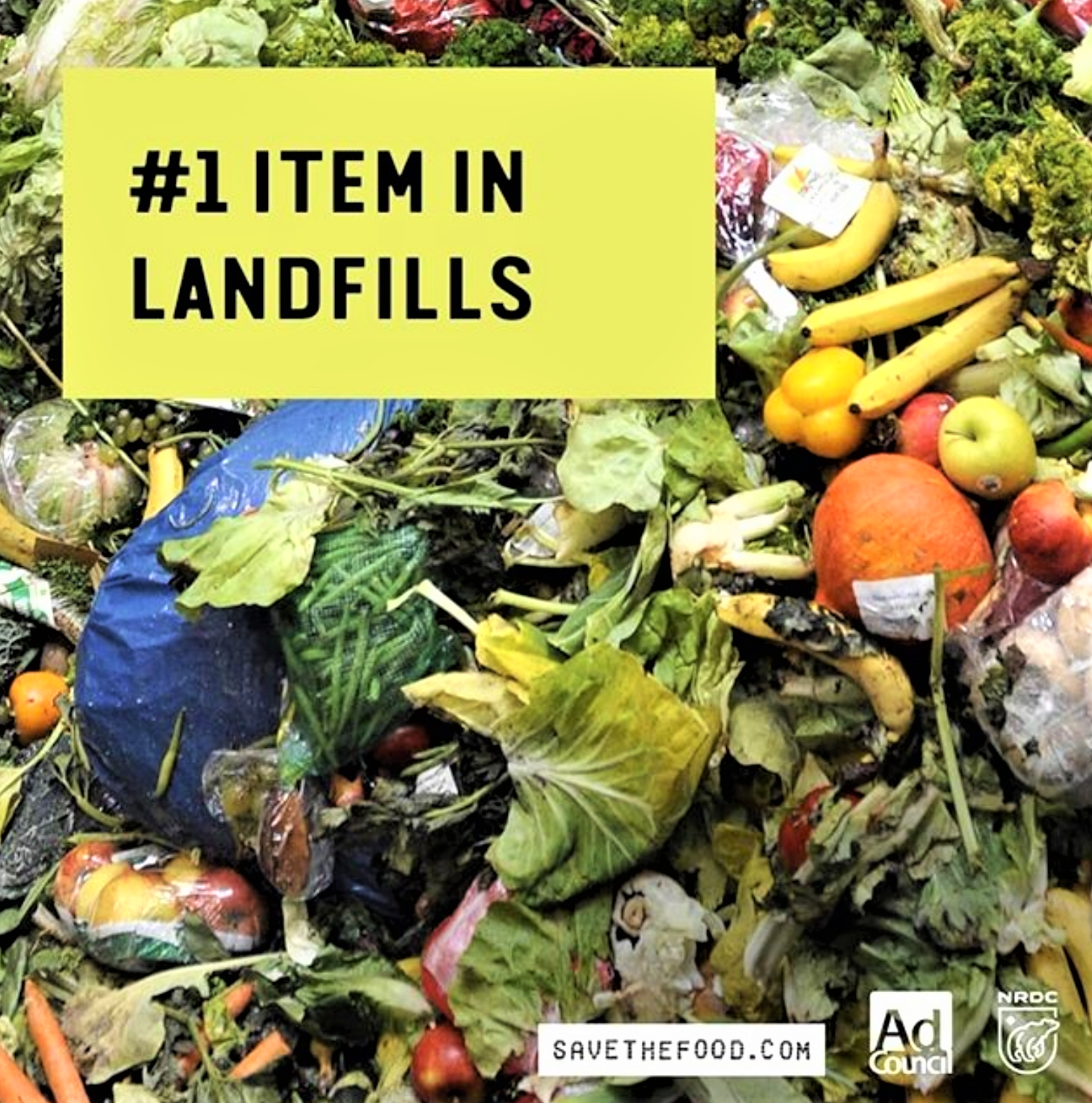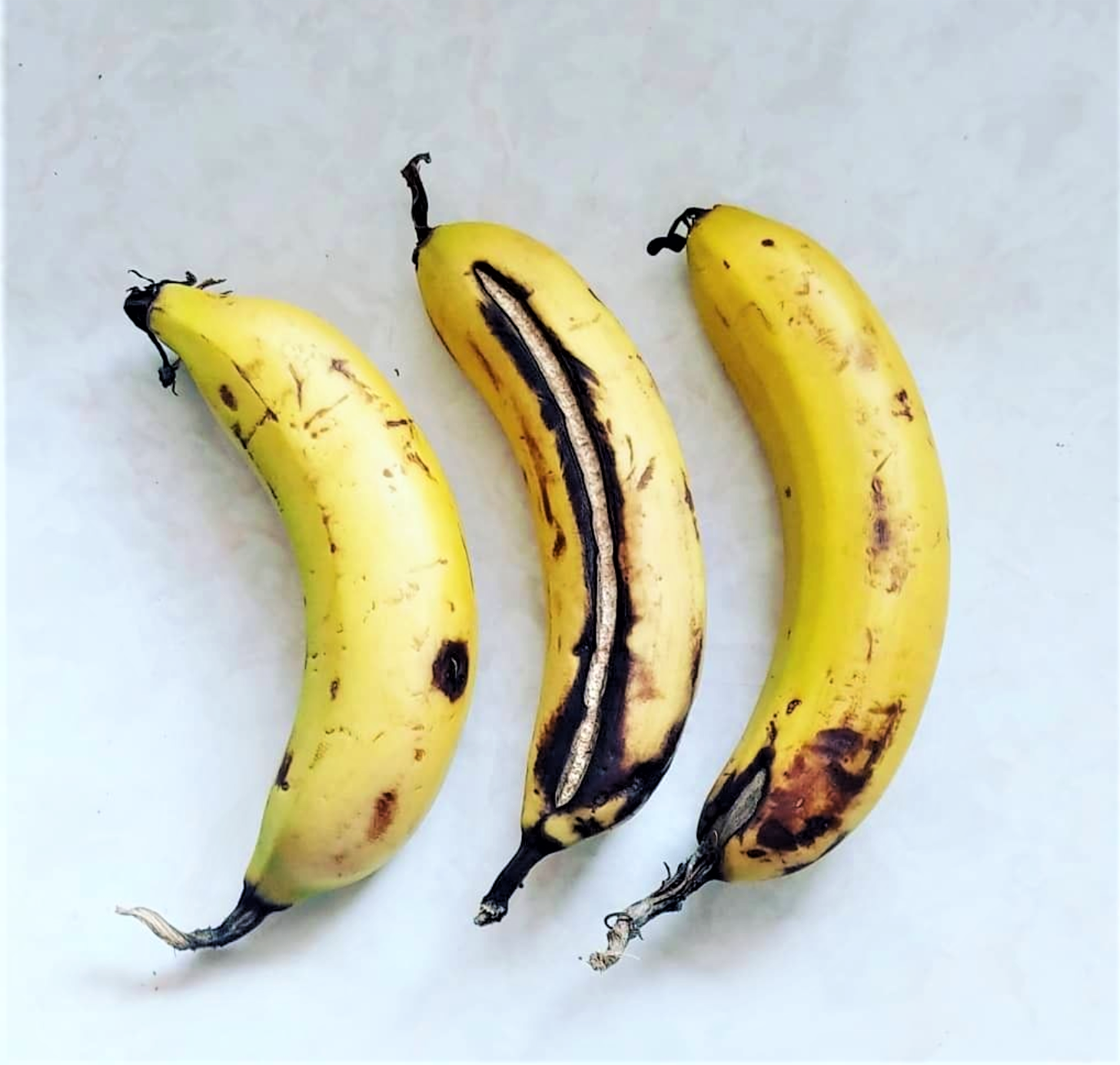Animals
Can Or Should Lolita Be Freed?
Efforts continue to free an orca held in captivity at the Miami Seaquarium for 52 years. The goal is to release Lolita back into the wild and give her a chance to reunite with another orca believed to be her mother who, at 93, continues to swim in their home waters. The story goes that in 1970, a group of wild orcas was captured in the Pacific Northwest using explosives to separate the calves from their mothers. Six were sold to aquariums and most of them died within a year. Only Lolita survives — living in a tank (whales typically swim hundreds of miles in the wild). However, while activists wait to hear whether Seaquarium’s new owner will agree to free Lolita, experts question if it is safe, or even possible. She is a so-called Southern Resident whale and only 75 remain in the wild.
Food
If Only People Knew
Chocolate, deli meat and cheese are among the “multi-ingredient foods” with the highest climate impact according to a new study out of the UK. Researchers assessed the environmental impact of 57,000 food products assigning an impact score from zero (no impact) to 100 (the highest impact) using four indicators: greenhouse gas emissions, land use, water stress and eutrophication potential. The research also found that more nutritious products were often more environmentally sustainable. Low impact foods include vegetables, breakfast cereals and some breads — as well as foods such as sugary drinks and biscuits. However, the latter have a low nutritional impact. Intermediate impact foods include desserts and pastries. High impact foods include meat, fish and cheese.
the Climate Crisis
Feed People Not Climate Woes
Russia’s invasion of Ukraine has exposed the fault lines in an already strained global food system. The food crisis precipitated by the war is being amplified by heatwaves and drought across key growing regions in Europe and China, both forecasting lower yields on key food crops. And global ag, which is responsible for up to 35% of worldwide GHG emissions, contributes to global heating which makes food production even more challenging. There is enough food to feed everyone in the world, but we are not using it wisely. A recent study in the journal Nature shows that feeding crops to people not animals is one of the solutions to the crisis. When crops are used for animal feed and biofuels, we are feeding the climate crisis, not solving global food problems.
words of wisdom
“‘Delay and deceive’ is the new denial. Fossil fuel companies are pumping millions into greenwashing while making meaningless net zero promises and introducing false ‘solutions’, in order to gloss over their decades of destruction. They are falsely painting themselves as allies and extending the deadline of their obsolete business … At the beginning of this century the EU banned tobacco advertising and sponsorship after it was recognised they increased consumption and hid health warnings. Now, with the overwhelming scientific evidence on climate breakdown and its indisputable link to fossil fuel companies, it is time to ban fossil fuel propaganda for being deadly and criminal, and driving us inexorably towards climate catastrophe. Activism works. Together we can tell people in power how we want to live, and what must change.”
— Emma Thompson, Academy award winning actor and activist
perspective
Photo: Immo Wegmann on Unsplash
Climate Solutions: It’s About Time
As governments, industries and consumers get more serious about deploying solutions to address the climate crisis, a missing piece of the puzzle is the significance of the cumulative impact of time — for good and for bad.
Respected climate guru Dr. Jonathan Foley, Executive Director of Project Drawdown, explains how time can be both a friend and an enemy.
“Many folks continue to miss a key point on climate change solutions — that solutions deployed today are far more useful than those that come later,” Foley says.
Why? It's because of the "time value of carbon".
Foley explains that climate solutions are cumulative, and they cut annual emissions over multiple years. To get the total impact, you need to multiply the impact per year by the number of years it's operating. So, the longer they operate, the more they can do. “Solutions that start in the 2020s can do three times more to stop climate change than the same sized solution deployed in the 2040s,” Foley says.
“The key point is that 2020s actions can have a big impact for three decades — having a huge, cumulative impact on stopping climate change.”
Given that time is of the essence, and we are woefully behind in meeting the global emissions cuts required to stay within the 1.5—2 degree C Paris climate targets, Foley suggests we deploy an “emergency brake” for climate.
This means choosing the right climate action for the next 10 years. The best “emergency brake” actions are the fastest, largest, and lowest-cost climate solutions we can deploy right now.
Foley’s recommendations involve both systems changes and individual choices. He says the focus should be on deforestation, improving efficiencies, reducing methane emissions and cutting back on waste.
Photo: Jami Dwyer, Wikimedia Commons
Deforestation accounts for about 12% of global greenhouse emissions and rising (compared with US emissions of about 11%). Deforestation is highly concentrated in a few regions like Brazil and Indonesia, where forests are cleared to raise cattle, animal feed, and palm oil.
Next up are enormous opportunities to be more efficient in electricity (especially in buildings and industrial processes), transportation (through increased fuel efficiency and alternative transportation), and buildings (with weatherization, insulation, and automation).
As for waste, Foley says one of the most effective ways to cut emissions is to cut food waste because between 30–40% of global food production is never eaten. This involves both system changes and individual choice. Project Drawdown has analyzed and ranked the top 100 most effective climate actions. Cutting food waste and changing what we eat to a plant-rich diet were the third and fourth most effective ways to fight the climate crisis.
“The earlier we can deploy a solution, the better, because it has more time to do the work. A simple solution, deployed today, can have three decades of impact. A high-tech solution, deployed in the 2040s, only gets one.” Foley says.
These “emergency brake” climate actions are not waiting for new technology to be developed or scaled up (like carbon capture and storage), or additional carbon to be stored in soils or trees that take decades to grow. While it’s true, new technologies and nature-based solutions will be needed in the coming decades to sequester carbon they will not be ready in time to make enough of a difference in the next — and crucial — 10 years.
deeper dive
What If We Considered Food Waste Anti-Social?
The rising cost of food is a good reason to take another look at cutting back on food waste. It will not only save you money but is also a 4X winner — reducing food systems emissions, improving global food security, reducing environmental pollution and saving animals.
A recent study by the World Resources Institute (WRI) shows that how we think about and communicate the benefits of cutting food waste can have an impact on our motivation to act. And it answers the question, “What can any one person do to make a difference?”
The scale of the problem is daunting but that offers more opportunities to do something about it. Food waste occurs in our kitchens and in restaurants while food loss occurs in production, during transportation and in storage.
Source: World Resources Institute
Food systems account for up to 35% of global greenhouse gas emissions and almost one-third of this is related to food loss and waste. This complex problem can be addressed by system changes in how we produce and transport our food, but individual decisions can also have a significant impact.
WRI says that 17% of all food produced in the world is wasted at the consumer end of the food supply chain — in retail, food service and households. And without a course correction, food waste will double by 2050.
Reducing food waste has multiple benefits. It will help ensure an adequate global supply of food at a time when Russia’s invasion of Ukraine has precipitated a food security crisis in many parts of the world. And it’s a powerful way to combat climate change, as rotting food is a major emitter of methane, a potent greenhouse gas.
What can one person do? Contribute to the solution. The chart below shows the cumulative impact of “our seemingly small decisions that households make every day.”
Source: World Resources Institute
WRI surveyed 250 households in Washington, D. C., to measure the impact of different kinds of messaging on consumers’ motivations to reduce food waste. The results showed that understanding that others in your community were concerned about the issue and willing to act, made people more open to changing behaviour and led to small reductions in food waste.
Source: World Resources Institute
“Making food waste socially unacceptable through the right type of messaging can elevate the importance of this issue in consumers’ lives. When people were informed that many others are making efforts to reduce food waste at home, it changed attitudes, raised awareness, and encouraged consumers to talk about it,” the WRI report said.
A test of similar messaging with 40 million Facebook users in the UK and Germany yielded similar results. WRI says that more research is needed to help understand how to drive larger reductions in food waste but that the right messaging has the potential make a big difference — the cumulative impact of changing hearts and minds, one person at a time.
For more tips on how to reduce food waste, check out savethefood.com.
Animal Welfare
behind the meat counter
After they’ve spent time grazing in pastures, and prior to slaughter, cattle are sent to feedlots to be fattened up. In Quebec, these cattle live indoors in crammed pens for many months. Only their heads have access to the outdoors, and only when they are eating from troughs. Even outdoor feedlots are huge, barren facilities where animals are also crammed together. The high caloric intake of foods designed to maximize weight gain (400-600 lbs) causes unnaturally high incidences of digestive disorders — the second highest cause of death in feedlots after respiratory problems — accounting for about 25-33% of cattle mortality. This stage of a cow’s existence is a far cry from the images of a life spent grazing on pastures.
Photo: Jo-Anne McArthur, We Animals Media
Good news
Photo: Amy Chen on Unsplash
Burgundy in a Box?
First the bad news. Wine bottles have a huge environmental footprint due to the heat required to make glass, the shipping weight of bottles and very low rates of bottle recycling.
But the good news is that entrepreneurs are experimenting with environmentally friendly packaging without the downsides of glass. Up until now, such packaging has had a poor reputation. Wine-in-a-box was considered plonk. But winemakers in the US and France are putting high quality wines in new higher-tech packaging and if it manages to overturn its old image, it will be a big win for the climate.
Some Plant-Based Foods Are Becoming Cheaper Than Animal-Based Versions
Higher prices are one of the barriers to adopting plant-based foods, but the price gap has been narrowing and there are now even examples of plant-based foods being cheaper than their animal-based counterparts. For example, in the Netherlands plant-based meat is on average cheaper than conventional meat according to data collected by supermarket researcher Questionmark on behalf of food awareness, non-profit Pro-Veg Netherlands.
Meanwhile, in the US, Just Egg’s liquid egg product has achieved price parity with premium chicken eggs and says it’s on track to become cheaper than conventional eggs. Prices for eggs continue to rise partly due to rising feed costs while Just Egg’s prices continue to fall as they scale up production and face fewer inflationary pressures.
New Initiative Will Accelerate Development of Cellular Agriculture
Over 100 companies around the world are currently working to advance cellular agriculture but there is minimal sharing of ideas, results, and data. Enter OpenCellAg.com, a call for open science and the first network designed to advance foundational knowledge and tools for businesses and researchers in the cellular agriculture industry. The goal is to underpin a coordinated, global effort to accelerate research and scale up the industry.
data points
Photo: Odette Mucha, US Department of Energy, via Wikimedia Commons
This Is a Big Deal
The most significant climate legislation in US history, the Inflation Reduction Act (IRA), confronts the climate crisis head on. It will cut one billion additional metric tons of emissions in 2030 and put America’s 50-52% reduction target within reach.
Some of the benefits:
Save the average household $500 a year on energy bills
Create an average of nearly one million jobs a year for the next decade
Target investments to reduce pollution in overburdened communities, including cleaning up ports and schools, and funding community-led clean energy projects
Prevent 4,000 premature deaths annually due to reduced air pollution
Make energy-saving technologies more affordable: $7,500 tax credits for new electric vehicles, up to $4,000 tax credits for used electric vehicles, up to $8,000 in rebates for heat pumps, up to $4,000 rebates for home electrical upgrades, and a 30% tax credit for residential solar
Critics warned however that while the IRA has brightened prospects for carbon removal in the US, it is by no means assured — especially within the optimistic timeframe of the next decade.
charting our path
Climate Scores: Burgers vs Pizza vs Oat Milk
Understanding the environmental impacts of our food choices can be confusing. There are many ways to measure the impacts of different foods such as: greenhouse gas emissions, water use, land use and many more. Usually, these impacts are measured by broad food groups such as vegetables, beef or chicken or dairy. But researchers at Our World in Data at the University of Oxford now have an on-line tool that one can customize to better understand the climate impacts of our food choices. Choose “Specific Food Products” and see how your favourite foods compare.
riveting reads
1. Five Easy Things You Can Do About the Climate Crisis (Medium). Five Easy Things You Can Do About the Climate Crisis
2. Exploring the link between heatwaves and mental health (The Conversation). Heatwaves worsen mental health conditions
3. Environmentalist George Monbiot takes issue with some of the sacred cows of the regenerative farming movement (The Guardian). The most damaging farm products? Organic, pasture-fed beef and lamb
4. Climate-Smart Farming Is a Lot Harder Than the Inflation Reduction Act Makes It Sound (The New Republic). The Inflation-Reduction Act Misunderstands Climate-Smart Farming














